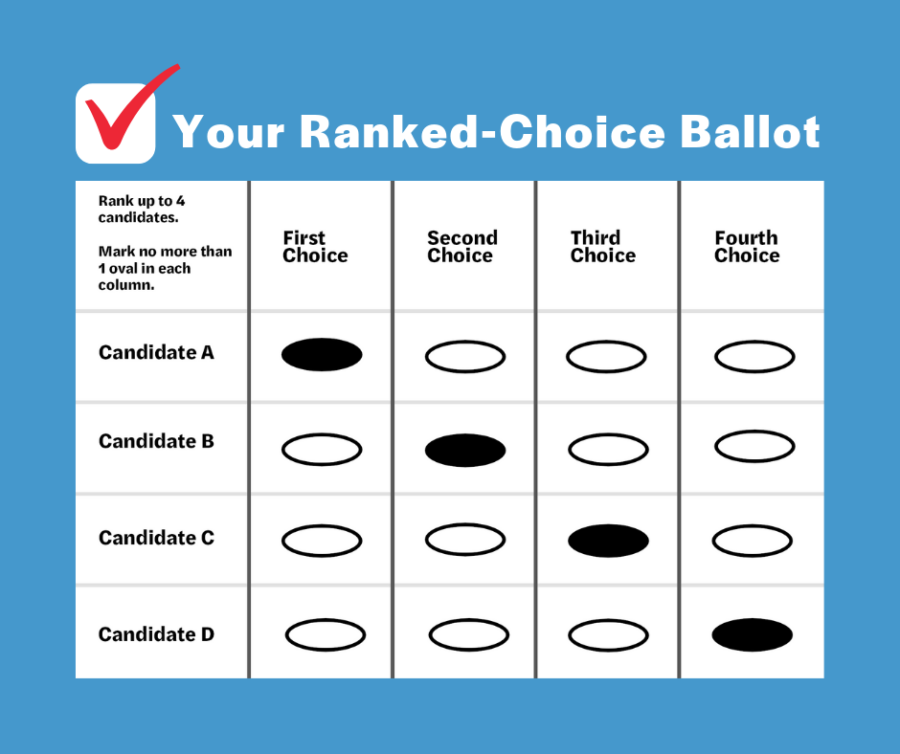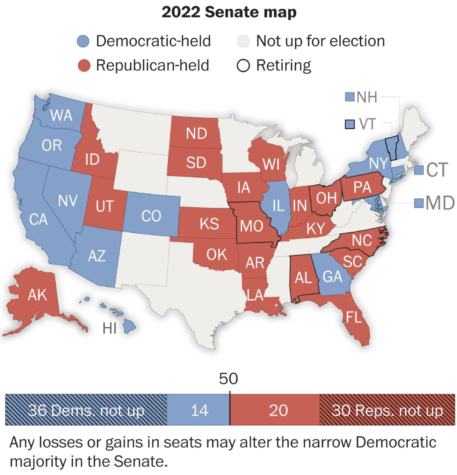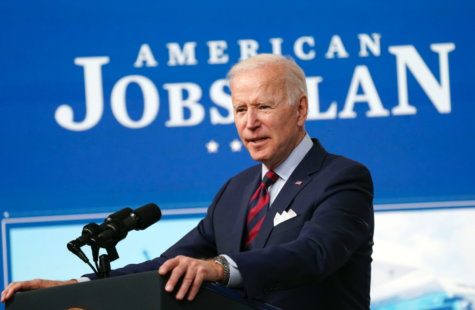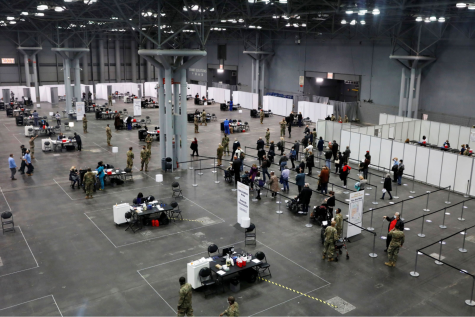Rank ‘Em Up: Ranked Choice Explained
The upcoming New York Democratic mayoral primary, which usually determines the eventual victor of the general election, has all the hallmarks of a usual Democratic primary. So far, there have been controversial cartoons, sex scandals, and long-shot contenders looking to burn off a few million dollars. But this year has a twist: the New York Democrats voted to use ranked-choice voting to select the candidate.
First, what is ranked-choice voting? In a normal first-past-the-post vote, the candidate with the most votes will win the election. This means that, in a multi-candidate election, a candidate that wins only 20% of the votes and still has a plurality will win. First-past-the-post voting means the vast majority of voters opposed the winning candidate. This leads to real problems with legitimacy and public trust. It infamously led to George W. Bush’s election in 2000 by plurality since the left-wing vote was split between Al Gore supporters and Ralph Nader supporters who would have voted for Gore.
Ranked-choice voting solves the issue by allowing voters to vote for multiple candidates that they like. Voters rank the candidates and then first-place votes are tallied. If no candidate receives more than 50%, the candidate with the lowest number of first-place votes is eliminated. Anyone who ranked that person first has their vote shifted to their second-place candidate.If no candidate receives a majority again, the process is repeated until a single candidate has a majority. This way, a majority of voters can have their preferences reflected in the candidate who wins the election.
What are the issues with ranked-choice voting? Counting will be harder than with first-past-the-post elections due to the more complex nature of ranked choice voting. This will mean that voting could take a month to finish, although the New York Board of Elections approved software that could potentially speed up the process. Another issue could be the fact that a candidate could have the most first place votes but not be the winner of the election, which could anger their supporters.
Finally, what changes will ranked-choice voting make to New York Democratic primaries? The mayoral race, especially the Democratic primary, is essentially a race to see who can attract the most labor unions and community group endorsements to obtain the largest bloc of support. Ranked-choice voting upsets these dynamics by making it possible to break up the powerful support blocs. Several groups, such as the Working Families Party, have chosen to endorse multiple candidates rather than one.
Overall, ranked-choice voting is a positive development for New York’s Democratic primaries. This method will mean that voters get a candidate supported by a wide cross-section of the city. Ranked-choice voting also makes the process of campaigning less divisive. Rather than argue, candidates work together offering one or the other as the first choice and the other as the second choice. Hopefully, if the New York Democratic primary works out, ranked-choice voting could become a powerful alternative to traditional voting.










